Summer is a season full of excitement — barbecues, pool parties and of course, fireworks! As a pediatrician, I understand how much joy these celebrations can bring to children, but I also see the other side of the story: the emergency room visits that follow when safety takes a backseat.
Each year, thousands of children are injured by fireworks, many of which could have been prevented with proper precautions. As we head into firework season, here’s what every parent should know to keep their children safe — and what to do if an injury does occur.
Types of firework-related injuries in children and safety precautions to take
- Burns
Burns are by far the most common injury from fireworks. These often occur on the hands and face and can range from mild to severe. Even sparklers, which are often thought to be “safe,” burn at temperatures of up to 2,000°F — hot enough to melt metal. Even after the sparklers have “stopped” they can still burn at temperatures upwards of 120oF for several minutes. Sparkler injuries commonly occur in younger children, since their attraction to the light will often entice them to touch it.
- Eye injuries
Flying sparks, debris, smoke and dust from fireworks can cause corneal abrasions, burns or even permanent vision loss. Children are especially vulnerable because they are often at eye-level when fireworks are lit.
- Hand and finger trauma
Not surprisingly, improper handling of fireworks — especially illegal or homemade ones — can result in lacerations, fractures and even amputations.
- Hearing damage
The loud blast from fireworks can lead to temporary or even permanent hearing loss, particularly in young children with sensitive ears.
- Inhalation injuries and asthma flare-ups
As mentioned before, smoke and dust from fireworks can trigger respiratory symptoms in children, especially children with asthma or other chronic lung conditions.
Prevention: Safety first
To minimize the risk of injury from fireworks:
- Leave the fireworks to the pros. As much as purchasing your own fireworks can be more convenient, fun and exciting, it is safest to attend public displays conducted by trained professionals.
- Avoid sparklers for young children. Consider glow sticks as a safer alternative.
- Keep a safe distance. Always ensure children are far away from where fireworks are being ignited. The recommended distance from ground-lit fireworks is approximately 35 feet.
- Supervise at all times. If using legal fireworks at home, closely supervise older children and never allow them to light fireworks themselves.
- Have a fire extinguisher, fire blanket or hose nearby. In case of errant flares, malfunctioning or inadvertent ignition, a fire extinguisher is the preferred method to address the fire. Additionally, a fire blanket can be useful to smother the flames and a garden hose can certainly be another helpful option.
- Wear protective gear. If older teens are using fireworks under adult supervision, eye protection is a must.
First aid for firework injuries
If an injury occurs, prompt and calm first aid can reduce severity and prevent complications.
Burns:
- If possible, immediately remove any tight clothing or jewelry, which can hold heat and increase complications of the burn.
- Cool the burn. Run cool (not cold) water over the burn for at least 10–15 minutes. Do not use ice, butter or ointments.
- Use a clean, dry cloth or sterile bandage to cover the burn loosely. Try to avoid rubbing or applying pressure to the area.
- Seek medical care for burns that are larger than a child’s palm, are on the face or hands or if the skin is white, leathery or charred.
Eye injuries:
- Do not rub or rinse the eye. This can worsen damage.
- Shield the eye. Place a clean paper cup over the eye and keep the child calm and still.
- Get immediate emergency medical help.
Lacerations or bleeding wounds:
- Apply gentle pressure with a clean cloth or gauze to stop bleeding.
- Elevate the injured area if possible.
- Do not attempt to remove debris embedded in the wound — go to urgent care or the emergency room.
Hearing concerns:
- If your child complains of ringing, muffled hearing or pain after a loud firework, keep them in a quiet environment and observe. Persistent symptoms should be evaluated by a pediatrician or audiologist.
When to go to the emergency department
- Burns that blister or cover a large area
- Injuries involving the eyes or face
- Severe bleeding that doesn’t stop with pressure
- Difficulty breathing or signs of smoke inhalation
- Signs of shock (pale, clammy skin; rapid heartbeat; confusion)
Summary
Fireworks are a beloved part of summer, but they are not toys. As a pediatrician — and a parent myself — I encourage you to prioritize safety as part of the celebration. With a little caution and preparation, you can ensure your family enjoys the dazzling sights of the season without an unexpected trip to the emergency room.
Wishing you and your family a fun and safe 4th of July!
For more tips on firework safety, check out these links from the Pediatric Pandemic Network.
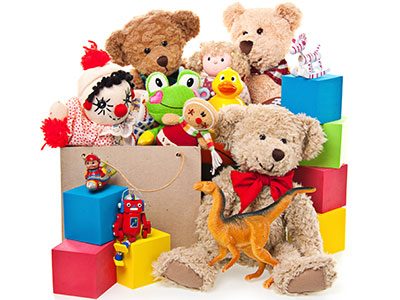 https://riseandshine.childrensnational.org/wp-content/uploads/2017/12/Box-Full-of-Toys-and-Stuffed-Animals-feature.jpg
300
400
Rise and Shine
https://riseandshine.childrensnational.org/wp-content/uploads/2017/11/childrens_riseandshine_logo.jpg
Rise and Shine2025-11-14 07:00:562025-11-14 13:06:16A guide to safe versus unsafe gifts for kids
https://riseandshine.childrensnational.org/wp-content/uploads/2017/12/Box-Full-of-Toys-and-Stuffed-Animals-feature.jpg
300
400
Rise and Shine
https://riseandshine.childrensnational.org/wp-content/uploads/2017/11/childrens_riseandshine_logo.jpg
Rise and Shine2025-11-14 07:00:562025-11-14 13:06:16A guide to safe versus unsafe gifts for kids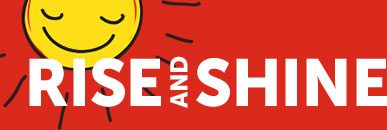


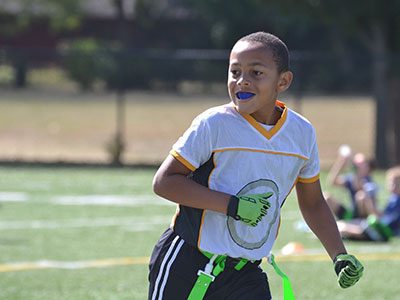
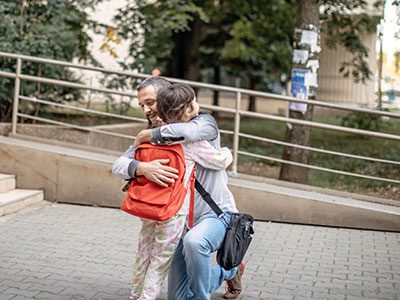
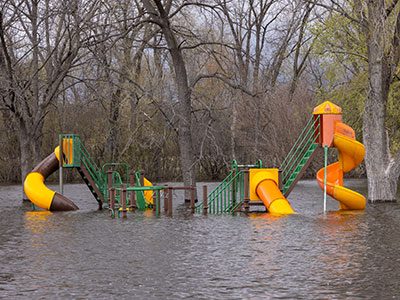
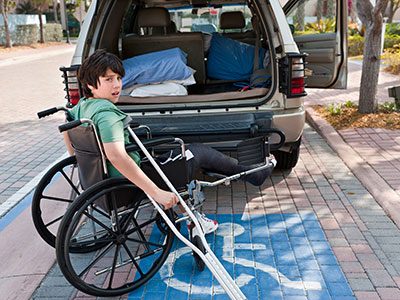
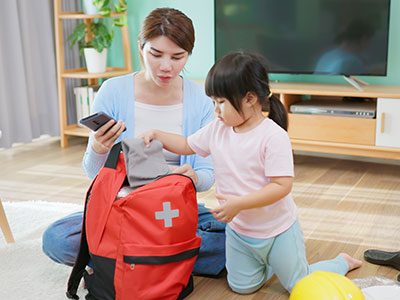


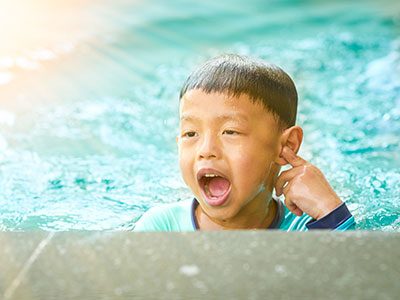

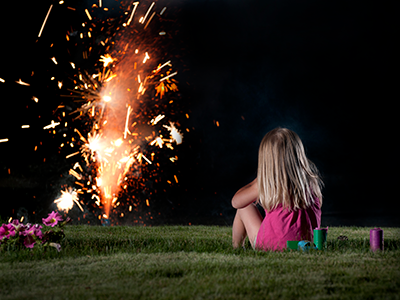
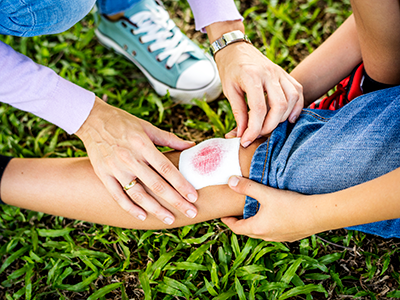

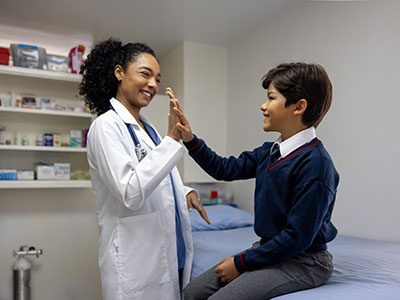


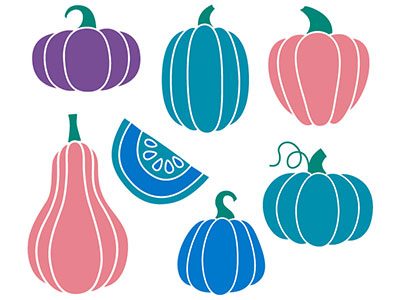
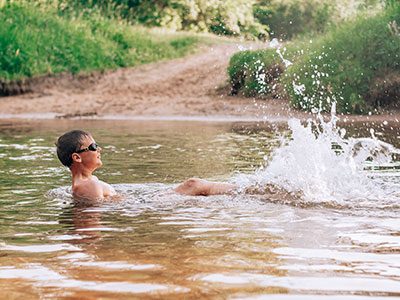
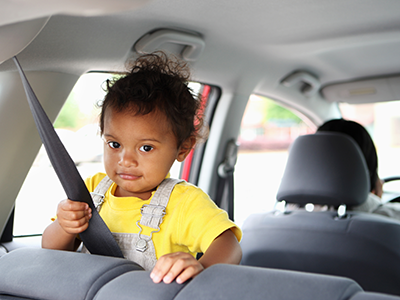
Leave a Comment
Want to join the discussion?Feel free to contribute!